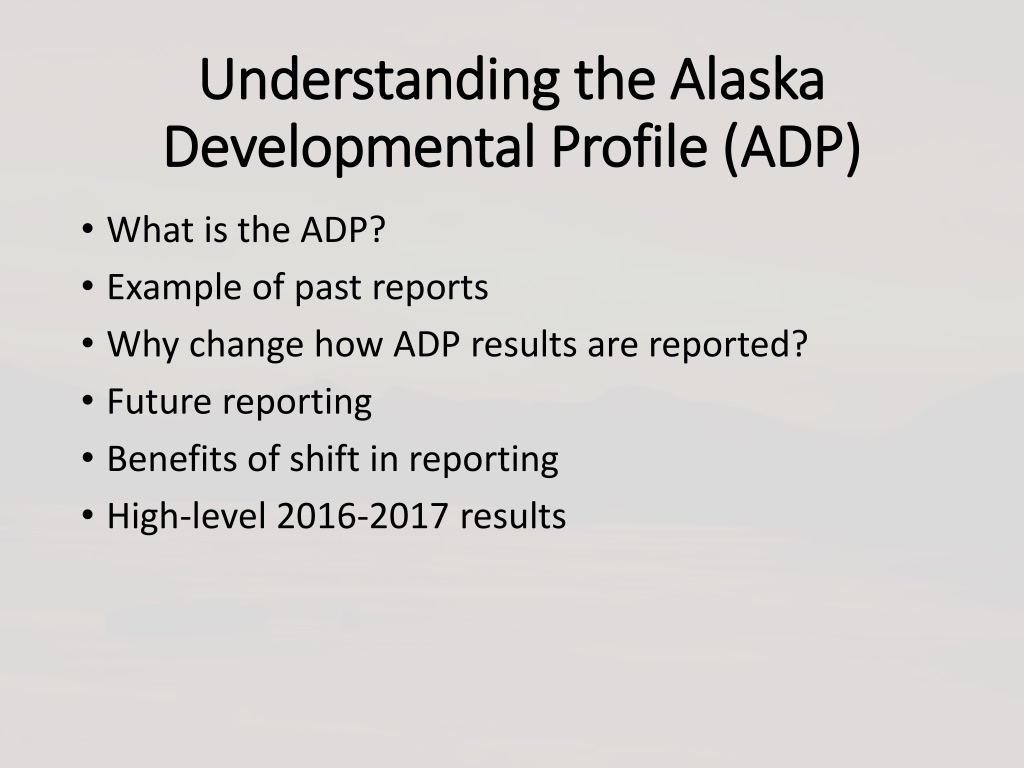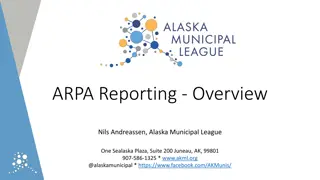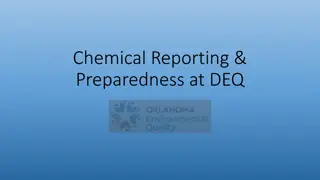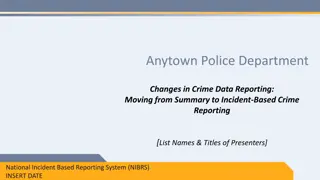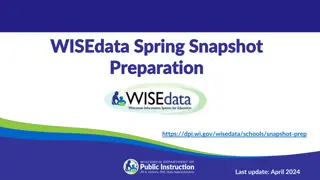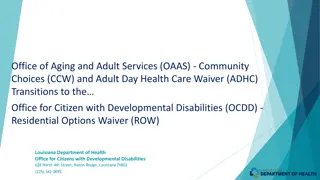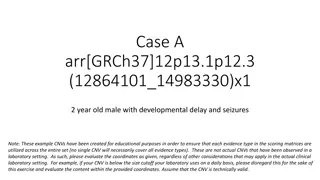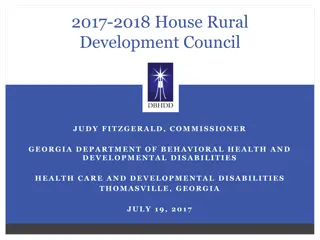Enhancing the Alaska Developmental Profile Reporting
The Alaska Developmental Profile (ADP) is an observational tool used by teachers to assess students' progress. Changes in reporting methods aim to provide more actionable data for stakeholders by focusing on percentages of students demonstrating goals. Future reports will exclude preschool data and emphasize goal consistency. This shift from average ratings to percentage-based reporting aims to enhance clarity and better reflect student achievement levels.
Uploaded on Sep 26, 2024 | 0 Views
Download Presentation

Please find below an Image/Link to download the presentation.
The content on the website is provided AS IS for your information and personal use only. It may not be sold, licensed, or shared on other websites without obtaining consent from the author. Download presentation by click this link. If you encounter any issues during the download, it is possible that the publisher has removed the file from their server.
E N D
Presentation Transcript
Understanding the Alaska Understanding the Alaska Developmental Profile (ADP) Developmental Profile (ADP) What is the ADP? Example of past reports Why change how ADP results are reported? Future reporting Benefits of shift in reporting High-level 2016-2017 results
What is the Alaska Developmental What is the Alaska Developmental Profile? Profile? An observational tool administered by teachers to all kindergarten students at the beginning of the school year First-grade students not assigned ratings in kindergarten also included (about 1 percent) Teachers encouraged to complete a profile for each student during the first four weeks of the school year Profiles must be entered by November 1
What is the ADP? What is the ADP? Teachers provide ratings for each student in 13 goals within five domains based on indicators Three possible ratings 0 = Does Not Demonstrate 1 = Progressing 2 = Consistently Demonstrates A student "consistently demonstrates" a goal if they are generally able to demonstrate the indicative skills and behaviors of the goal 80 percent or more of the time
Why change how ADP results are Why change how ADP results are reported? reported? Stakeholders should find the data actionable How does one interpret an average rating? Stagnant averages over time Difficult suppression rules An average rating can be the result of multiple possibilities for example School with 20 kindergarten students Average rating in Goal 1 of 1.00 All 20 students could have received a 1, or 10 students received a 0 and 10 students received a 2
Future reporting Future reporting Instead of average ratings by goal, report the percentage of students receiving a 2 for each goal Two new columns Percentage of students who consistently demonstrated all 13 goals Percentage of students who consistently demonstrated at least 11 of the 13 goals Numbering of domains and goals for clarity Remove the percentage of students who attended preschool
Benefits of shift in reporting Benefits of shift in reporting Stronger representation of kindergarten readiness Remove unnecessary data elements, and add ones that are beneficial Ease of interpretation Clarity for stakeholders Easier suppression (two-way assessment suppression rules) Full suppression vs. percentage ranges (e.g. <=40%, >=90%, etc.)
Statewide 2016 Statewide 2016- -2017 results 2017 results 18.4% 12.2% 69.4% Students Demonstrating Kindergarten Readiness on all 13 Goals Students Demonstrating Kindergarten Readiness on 11 or 12 Goals Students Demonstrating Kindergarten Readiness on 10 or Fewer Goals
